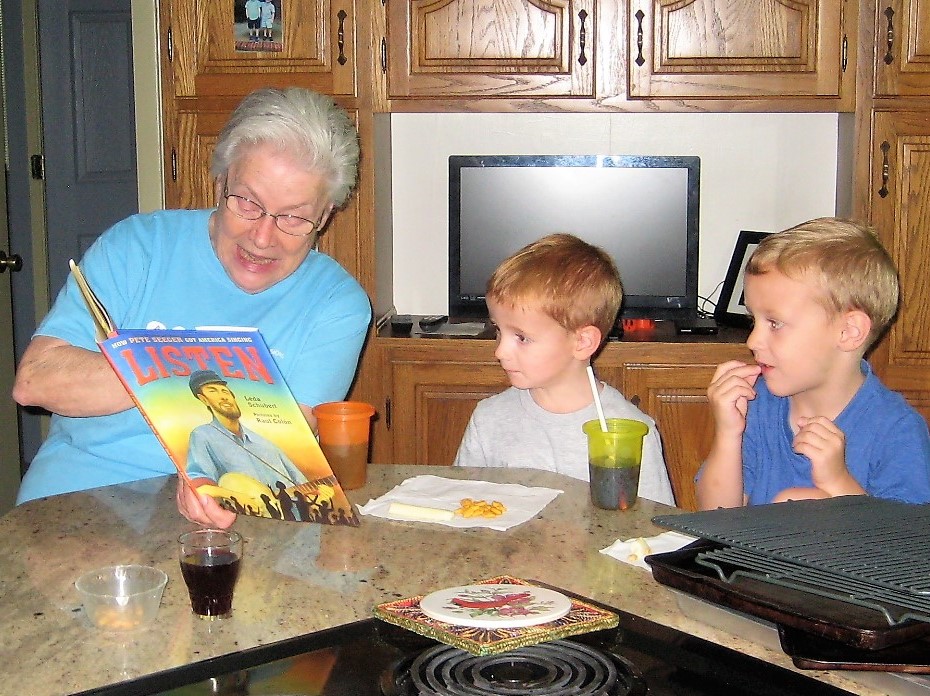 When I took the surprise out of the package, I thought of a two-part proverb. The first part had been my experience for a number of years, “Hope deferred maketh the heart sick.” Well, maybe that’s a bit dramatic, but this all started many years ago when our oldest son turned out beautiful calligraphy that won praise in his high school art class. When he completed an impressive rendition of Robert Frost’s poem, “Fire and Ice,” I requested that he make a similar one for my favorite quote. He quickly and easily agreed – as soon as he “got around to it.”
When I took the surprise out of the package, I thought of a two-part proverb. The first part had been my experience for a number of years, “Hope deferred maketh the heart sick.” Well, maybe that’s a bit dramatic, but this all started many years ago when our oldest son turned out beautiful calligraphy that won praise in his high school art class. When he completed an impressive rendition of Robert Frost’s poem, “Fire and Ice,” I requested that he make a similar one for my favorite quote. He quickly and easily agreed – as soon as he “got around to it.”
Since you’ve read the first half of the proverb, you can probably guess the gist of what happened next. There was college, early career, marriage to a good wife who came with a bonus of three-year-old twin daughters, and a son a few years later. Work and family occupied his time. Off and on, I reminded him of his promise. “Yeah, yeah,” he would say. But his interest in calligraphy faded and the hope deferred eventually made me give up the art as a lost cause.
This spring the now middle-aged son hinted that a surprise package was on its way. When it came, I tore into it and experienced the second half of the proverb, “but when the desire cometh, it is a tree of life.” (Also, a bit dramatic) Not in calligraphy, but in a new art form that he has mastered, there was my favorite quote. Etched into a piece of wood, polished and finished in a painstaking process that he explained to me in our recent visit – he had completed it now when he has a son the age he was when he first made the promise.
cometh, it is a tree of life.” (Also, a bit dramatic) Not in calligraphy, but in a new art form that he has mastered, there was my favorite quote. Etched into a piece of wood, polished and finished in a painstaking process that he explained to me in our recent visit – he had completed it now when he has a son the age he was when he first made the promise.
 My desire fulfilled, I found it a special place. Centered on a shelf above my writing place, I look up and see Elizabeth Barrett Browning’s words from Aurora Leigh,
My desire fulfilled, I found it a special place. Centered on a shelf above my writing place, I look up and see Elizabeth Barrett Browning’s words from Aurora Leigh,
“Earth’s crammed with heaven
and every common bush afire with God,
but only those who see take off their shoes.
The rest sit around and pluck blackberries.”
Added to my love of the quote is my satisfaction in a promise kept and the enduring desire fulfilled.
































